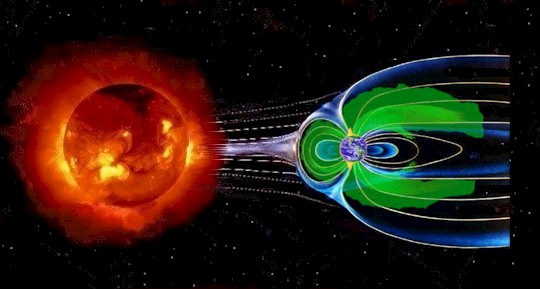| Home Syllabus Notes Homework Projects Examinations Resources |
George Mason University
CSI 769/ASTR 769 Topics in Space Weather Fall Semester 2005 |
 |
|---|
| Home Syllabus Notes Homework Projects Examinations Resources |
George Mason University
CSI 769/ASTR 769 Topics in Space Weather Fall Semester 2005 |
 |
|---|
|
|
.
Project:
Sun-Earth
Chain Activities in Halloween Storms Overview 1. Objective
The objective of
this project is to help students comprehend the space weather system
that
involves energy and mass flow throughout the Sun-Earth connection
system. It is
a comprehensive end-to-end project that addresses various physical
processes and
their possible cause-effect relationships in different space weather
components, including the surface of the Sun, the Sun’s corona,
heliosphere,
magnetosphere, and ionosphere. 2. Requirements Students are required to observe and study the Halloween storms in 2003. The project consists of 4 phases, each of which has specific requirements:
The source
region of the Halloween storms is a strong and complex active region:
The 2003
Halloween storms had profound impacts. The international space station
did a
ground-commanded power down, and crews onboard took shelters in the
service
module during the peak exposure times. About 24% of the space missions
turned
off their instruments or took other protective actions. One Japanese
satellite
(ADEOS-2) is believed to have failed completely due to this storm. The
NASA/ESA’s |